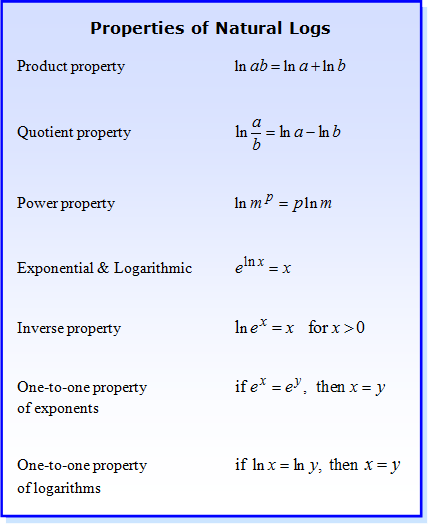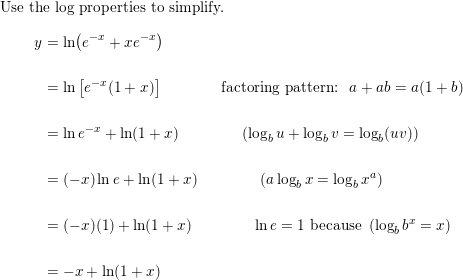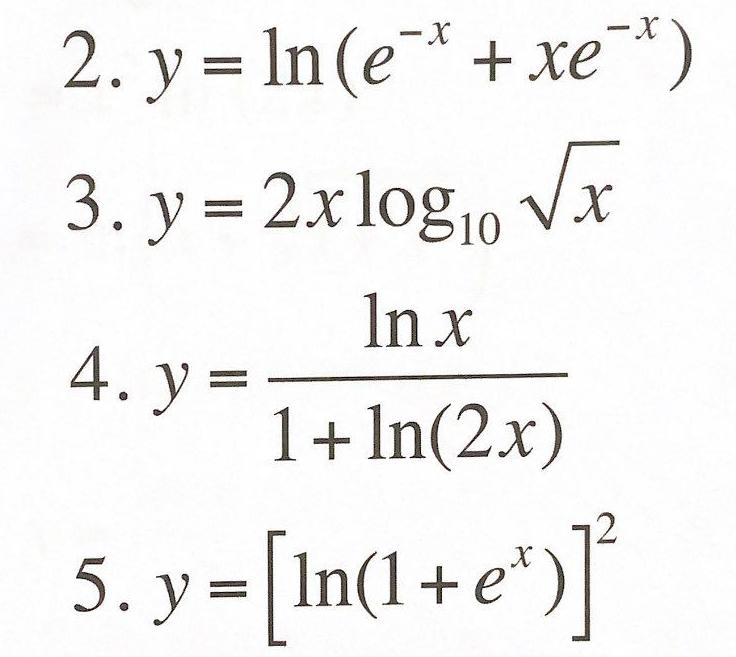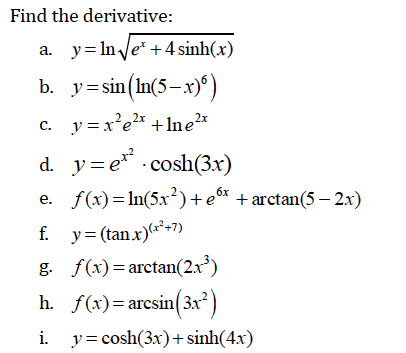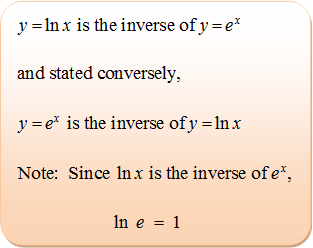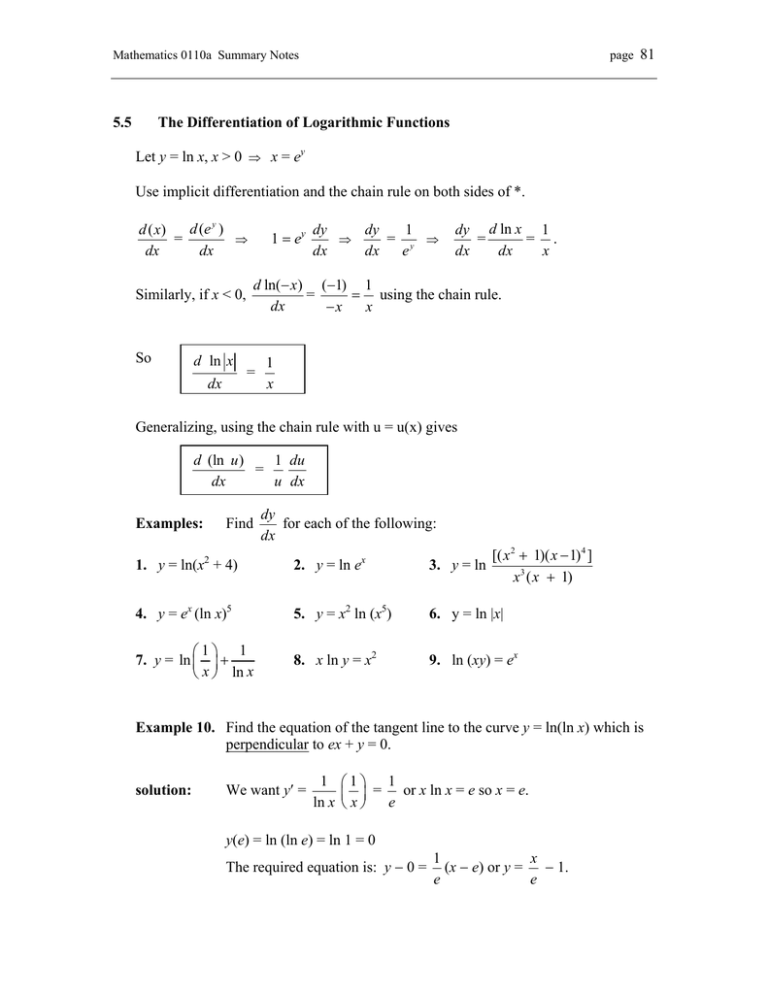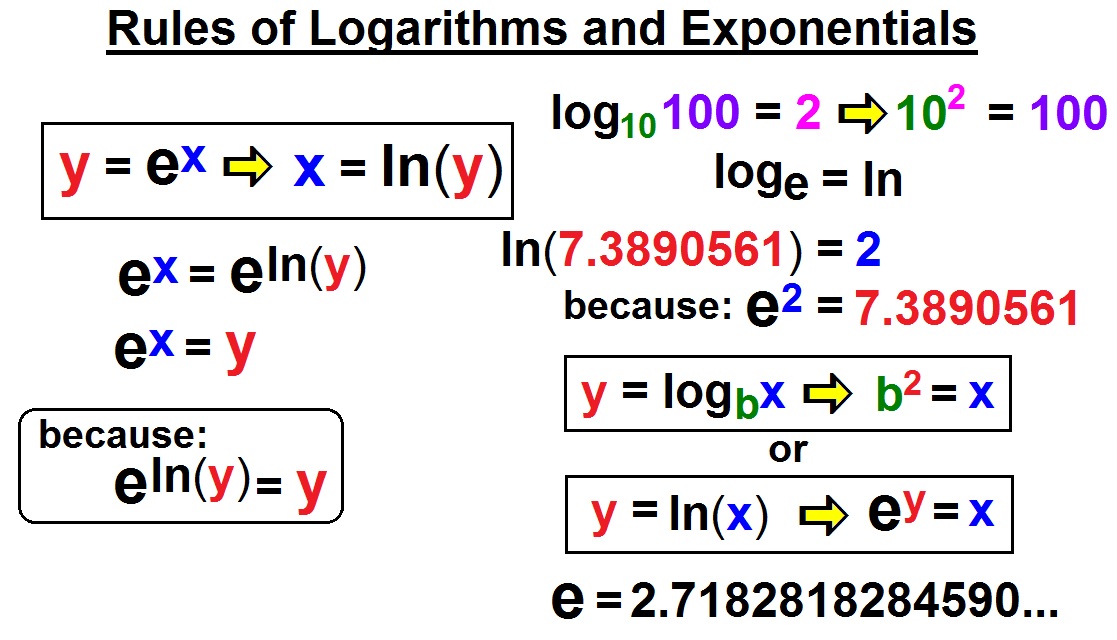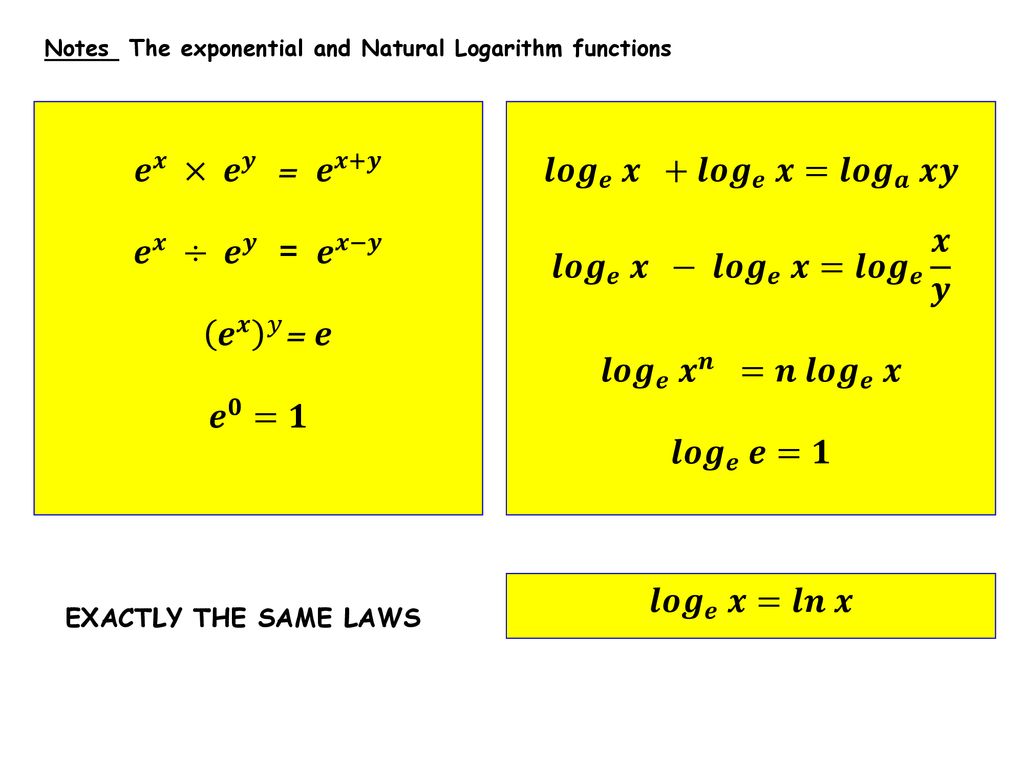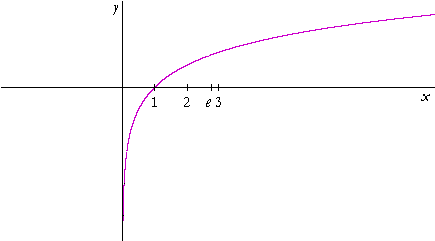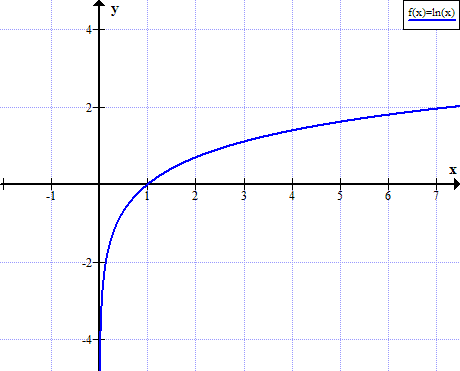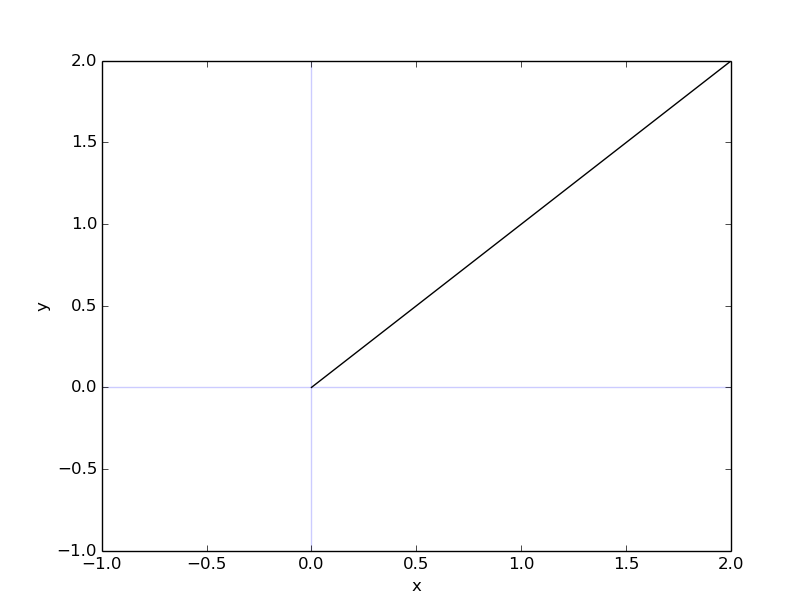
How to Find the Derivative of y = ln(e^x/(1 + e^x)) by using Properties of Logarithms First - YouTube

integration - How to find the area bounded by $y=\ln\left(x\right)$ and $y=e+1-x$, and the $x$ axis? - Mathematics Stack Exchange

Find the slope of the graph of y = ((ln x)^4)/x at the point (e, 1/e). Slope is ___. Now find an equation for the tangent line at that point, then solve


